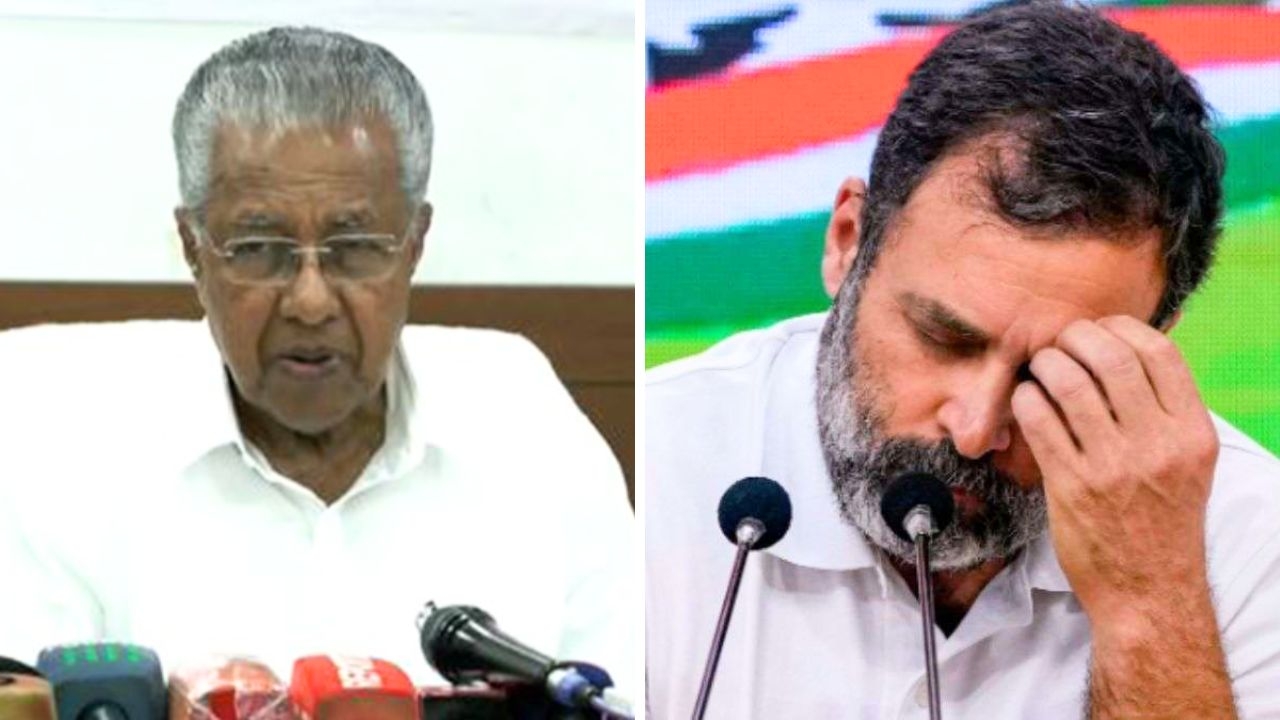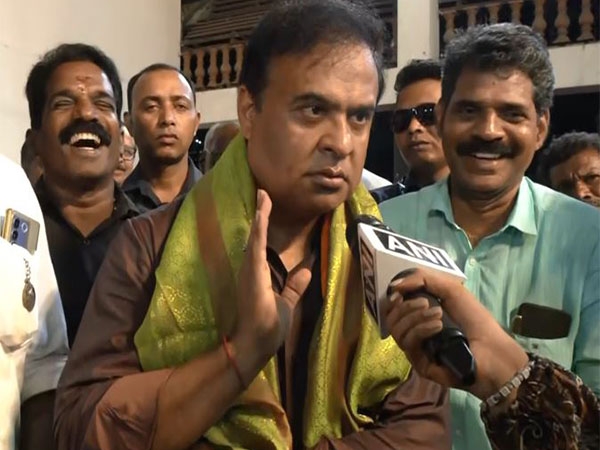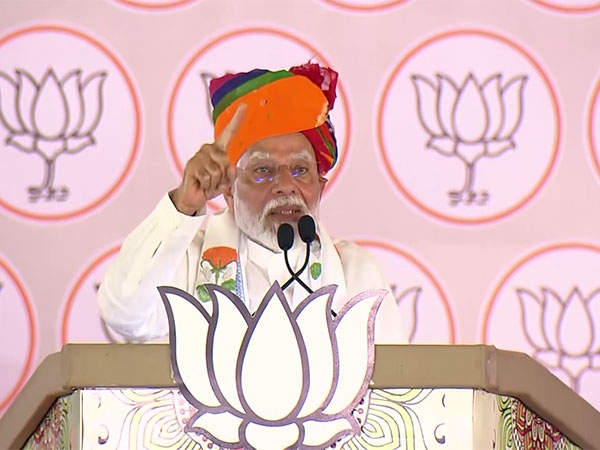Punjab's war on drugs: Amarinder wants to try new OOAT model
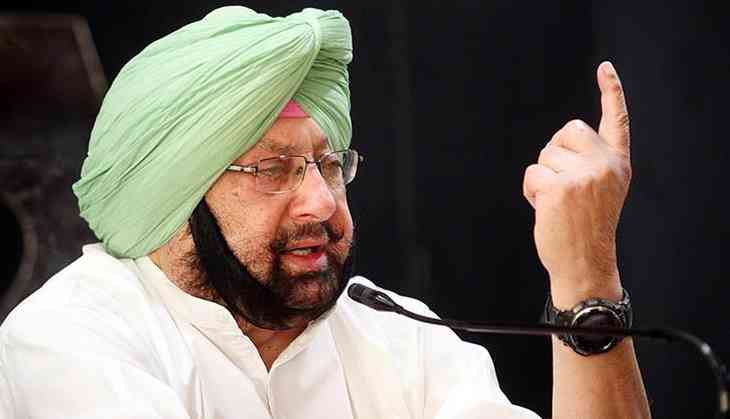
Punjab Chief Minister Captain Amarinder Singh is keen to implement a model suggested by an American expert for de-addiction and rehabilitation of drug addicts in the state.
Amarinder has set up a two-member panel to prepare a comprehensive plan after studying the Outpatient Opioid Assisted Treatment (OOAT) outreach model suggested by Dr Kanwar Ajit Singh Sidhu.
Tackling the drug menace is one of the biggest challenges for Amarinder's Congress government, which recently came to power in the state. The CM is under considerable pressure from all corners to deliver on the tall promises made in this direction.
The Congress had claimed it would end the menace within a month of coming to power. And while some concrete steps like the constitution of a Special Task Force (STF) have been taken, there are also certain holes which the Opposition, particularly the Shiromani Akali Dal (SAD), is keen to exploit. This has led to a slugfest of claims and counter-claims at the political level.
It is amidst all this that Amarinder wants to try the OOAT model. He has asked the two-member committee, comprising principal secretaries of medical education and health and family welfare to work closely with specialists at the Chandigarh-based Post Graduate Institute of Medical and Education Research (PGIMER) to develop a focussed strategy to strengthen the state's network of drug de-addiction and rehabilitation centres.
The OOAT model
The decision follows a presentation from Dr Sidhu, who said the OOAT model focusses on cure through compassion, is completely safe, and is designed to prevent future relapses.
The model envisages a system of specially-trained duty medical officers to be deputed at each de-addiction and rehabilitation centre for the supervision of the five-stage OOAT treatment process comprising induction, stabilisation, maintenance, termination and follow-up.
Amarinder himself believes that the victims of drug abuse need to be treated with compassion in order to bring them back into the mainstream of the society and enable them to lead a life of dignity.
According to a Punjab government spokesperson, the low cost model proposed by Dr Sidhu envisages a separate division to run the programme. This will involve the services of nearly 200 counsellors, besides outreach services of Asha workers, multipurpose health workers, auxiliary and nursing midwives, along with peer volunteers. They will be trained by experts from the All India Institute of Medical Sciences (AIIMS) in New Delhi.
The Punjab government claims that as of 2016, the state has 33 government sponsored de-addiction centres and five tertiary care centres, having a combined capacity of 600 beds, with an additional 1,100 beds at rehabilitation centers.
The treatment provided at these centres is primarily based on the abstinence model (demand reduction), which starts with detoxification and abstinence-based healing strategies. The opioid agonist treatment is used minimally, and is concentrated to the district headquarters only, where psychiatrists are available.
In addition, there are around 70 private de-addiction centers in the state, where both in-patient and opioid agonist treatments are available.
Dr Sidhu says these facilities are highly inadequate to tackle the problem of rehabilitation of drug addicts, a gap which OOAT will fill.
Early success
Amarinder says while he cannot turn things around overnight, his government has succeeded in creating the right enabling environment for the elimination of drugs, which are now less widely available. This is evidenced by the spike in their prices.
The number of youth going to rehabilitation centres is another indication that his government has successfully broken the backbone of the drugs mafia.
At the same time, he has pointing out that it would be difficult to wean youth completely away from drugs without giving them employment. He recently said that with 90 lakh youth in Punjab either unemployed or underemployed, his government is going all out with efforts to generate employment.
But there have been reports in the media of late, pointing to the holes in the government's war against drugs. It has been alleged that the police have resorted to 'fake' arrests at certain places, picking up victims undergoing de-addiction and planting drugs on them.
Similarly, reports suggest that the statistics given by the government to show its success are a pale shadow of a similar crackdown that the SAD-BJP government had ordered in the state in 2014.
SAD uses HC criticism as ammo
Recently, the Punjab government reportedly drew flak from the Punjab and Haryana High Court, which said it should not go overboard on the issue.
The court pulled up the government on the issue of extradition of around 12 'drug lords', against whom a probe has been on for more than three years, and the government, in a couple of cases, has failed to provide even the date of birth or photograph of the accused.
Reports say Canadian authorities have sent back extradition requests of eight persons, while only one has been arrested.
This had led to the SAD taking a jibe at the Congress government, saying the problem in the state is not 'Udta Punjab', but 'udti Congress' and the 'udte claims' of the government refusing to face ground realities.
“The state government has even been advised in the court observations to come down to earth and 'not to spread its wings if it cannot manage' the flight in its fight against drugs. The informal judicial observations have even referred to the lack of 'competence' in the Punjab government in handling the sensitive problem,” said SAD general secretary Balwinder Singh Bhunder.
The Akalis have been demanding that the government release complete details of the number of drug addicts persuaded by the state government to seek help for de-addiction and rehabilitation.
The Akali leadership has dared the government to release data of the number of addicts weaned away from drugs in the past six weeks.
SAD MP Prem Singh Chandumajra said the Congress had vastly exaggerated the magnitude of the drug problem in the state during the SAD-BJP regime, and is now finding it hard to reconcile those allegations with the ground reality.
“Thus, all they have done is to come up with a sweeping and totally unfounded claim about breaking the back of the drug problem. Why are they not releasing data of the drug recoveries? They should share the details of these recoveries and compare these with the recoveries made during the SAD-BJP regime. Why are thy not even giving figures of the number of youth whom they have freed from drug addiction?” he asked.
Govt's claims
The government has hit back at the Akalis for playing dirty politics over a grave issue like the drug menace, accusing the erstwhile ruling party of misleading the people by spreading false and unsubstantiated information.
A government spokesperson cited data to point out that with 18,440 OPD visits from 16 March to 26 April 2017, the increase over the average monthly OPD of 2016 stood at 48.1%, while in-patients in the same period had increased 103% to 1,446 across the state.
Pointing out that these were figures for just the government centres, the spokesperson said there are huge numbers also being reported from private centres and hospitals, endorsing the 'massive success' of the Amarinder government's concerted crackdown on the drugs mafia in the state.
He said the state saw a massive increase in drugs-related cases, arrests and seizures in the last two weeks of April.
The drug-wise seizures were:
Heroin: 2.926 kg
Smack: 3482 kg
Opium: 50.792 kg
Poppy husk: 2,212.274 kg
Powder: 26.174 kg,
Ganja: 86.382 kg
Charas: 10.870 kg
Sulfa: 0.800 kg
Capsules: 38,305
Tablets: 4,39,063
Injections: 5,140.
He claimed the total FIRs registered under the NDPS Act in this period stood at 797, with 920 arrests.
First published: 6 May 2017, 14:12 IST


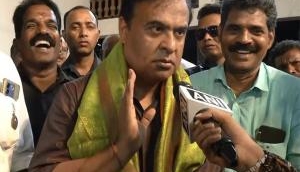
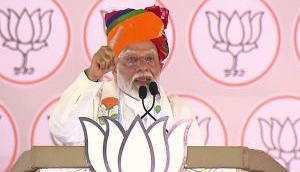
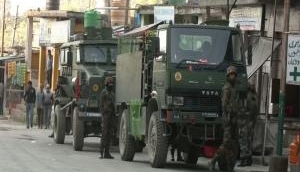

![BJP's Kapil Mishra recreates Shankar Mahadevan’s ‘Breathless’ song to highlight Delhi pollution [WATCH] BJP's Kapil Mishra recreates Shankar Mahadevan’s ‘Breathless’ song to highlight Delhi pollution [WATCH]](http://images.catchnews.com/upload/2022/11/03/kapil-mishra_240884_300x172.png)

![Anupam Kher shares pictures of his toned body on 67th birthday [MUST SEE] Anupam Kher shares pictures of his toned body on 67th birthday [MUST SEE]](http://images.catchnews.com/upload/2022/03/07/Anupam_kher_231145_300x172.jpg)


